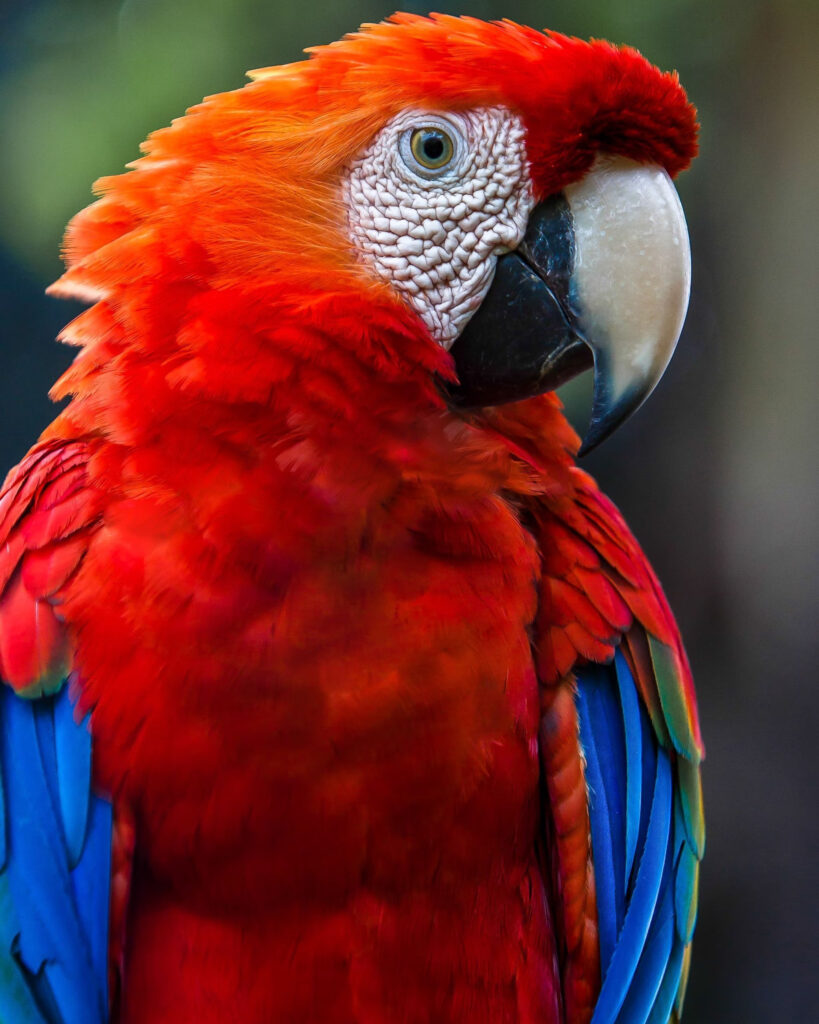Parrots, the virtuosos of the avian world, have long captivated scientists with their exceptional ability to mimic a diverse array of sounds, including human speech. Yet, a recent study by the Max Planck Institute of Animal Behavior and the Museu de Ciències Naturals de Barcelona has added a new layer to our understanding of parrot vocalization—the existence of ‘voice prints.’
This discovery, reminiscent of the unique vocal signatures found in humans, promises to unravel the intricacies of parrot communication and may have broader implications for our understanding of vocal flexibility in the animal kingdom.
At the helm of this groundbreaking research is Simeon Smeele, a doctoral researcher at the Max Planck Institute. Fueled by a curiosity about how parrots navigate their social lives within large, noisy flocks, Smeele and his team focused their attention on monk parakeets. These social birds, known for their dynamic vocalizations, presented an ideal subject to explore the mechanisms behind individual recognition in complex social settings.
Contrary to the prevailing belief that individual identity in parrots is primarily encoded in specific ‘signature calls,’ the study proposes a more nuanced mechanism—a ‘voice print’ that transcends various call types. This sophisticated system allows parrots to recognize each other amidst the symphony of diverse vocalizations within a bustling flock.
The research unfolded in the vibrant city of Barcelona, home to a flourishing population of individually marked wild monk parakeets. Equipped with shotgun microphones, researchers meticulously recorded hundreds of individuals, amassing over 5000 vocalizations. What emerged from this comprehensive dataset was unexpected variability in what was traditionally perceived as the stable ‘contact call’—the very call type believed to carry an individual signal.
To further investigate the concept of ‘voice prints,’ researchers turned to a machine learning model reminiscent of human voice recognition. Trained on tonal calls, the model showcased an impressive ability to recognize the same individual in a different set of ‘growling’ calls. This groundbreaking result challenges previous assumptions and provides compelling evidence for the existence of ‘voice prints’ in monk parakeets.
While Smeele acknowledges that the evidence is still in its infancy, he envisions a future where this discovery not only deepens our understanding of parrot communication but also sparks further exploration into the vocal flexibility of other socially intelligent species, including dolphins and bats.
The Barcelona team plans to complement these findings with ecological studies, involving the tagging of parrots with GPS devices to understand the extent of individual overlap in roaming areas. If confirmed, the existence of ‘voice prints’ in parrots would not only offer a remarkable explanation for their vocal flexibility but also elevate our appreciation for the sophisticated communication systems that thrive in the natural world.
